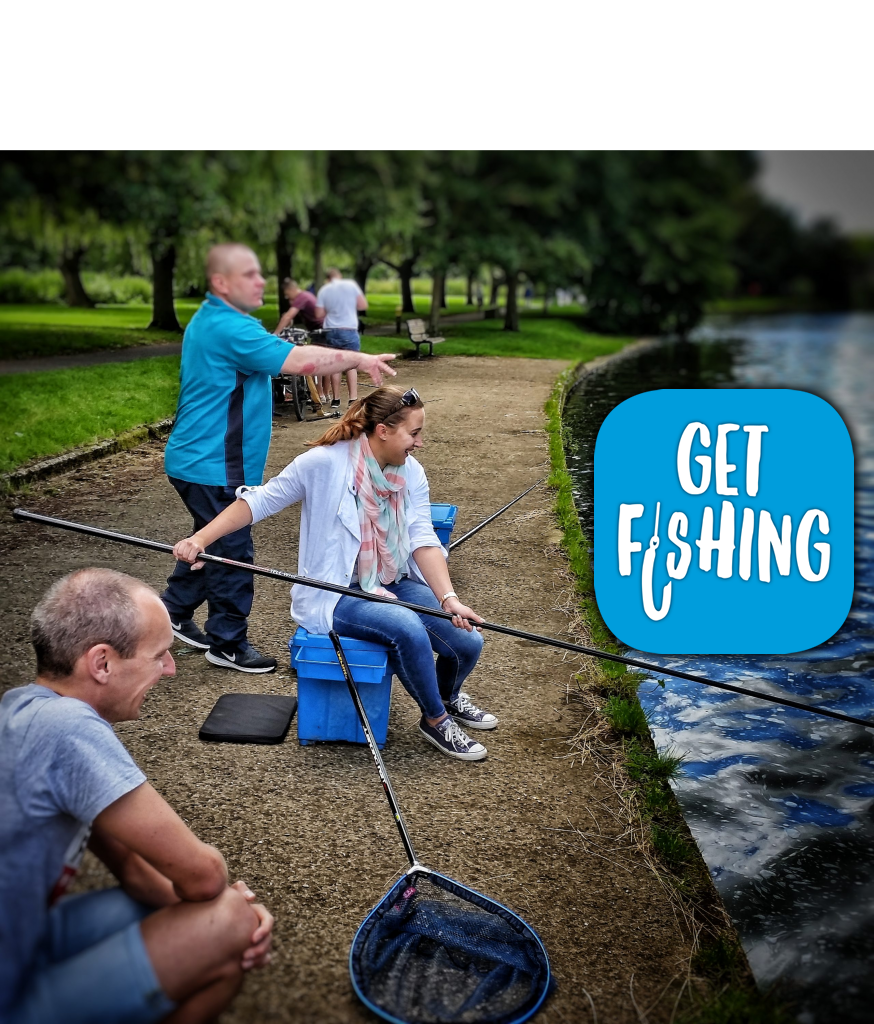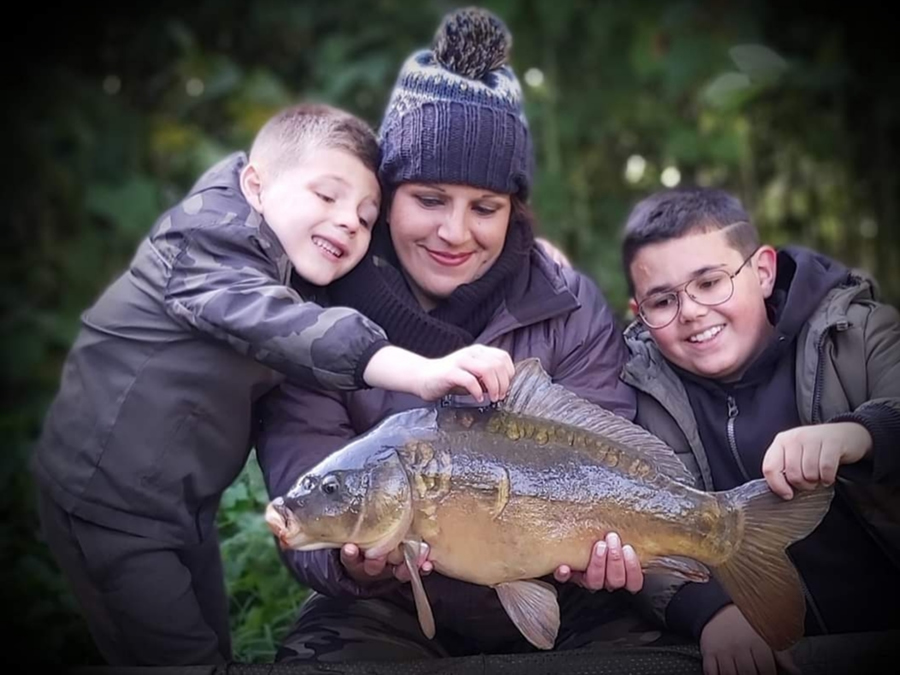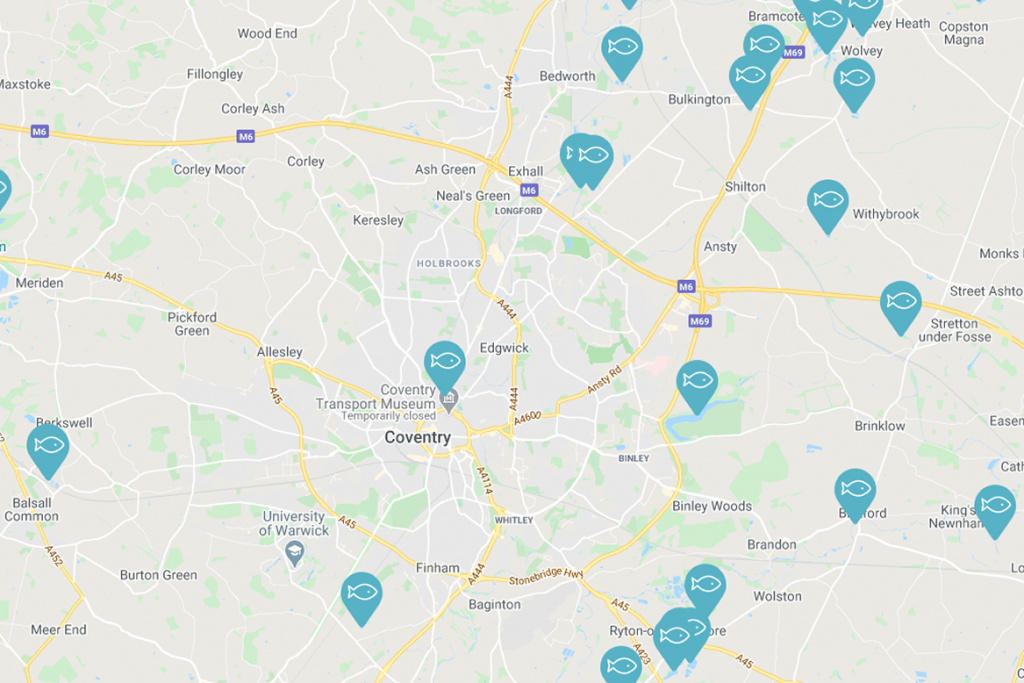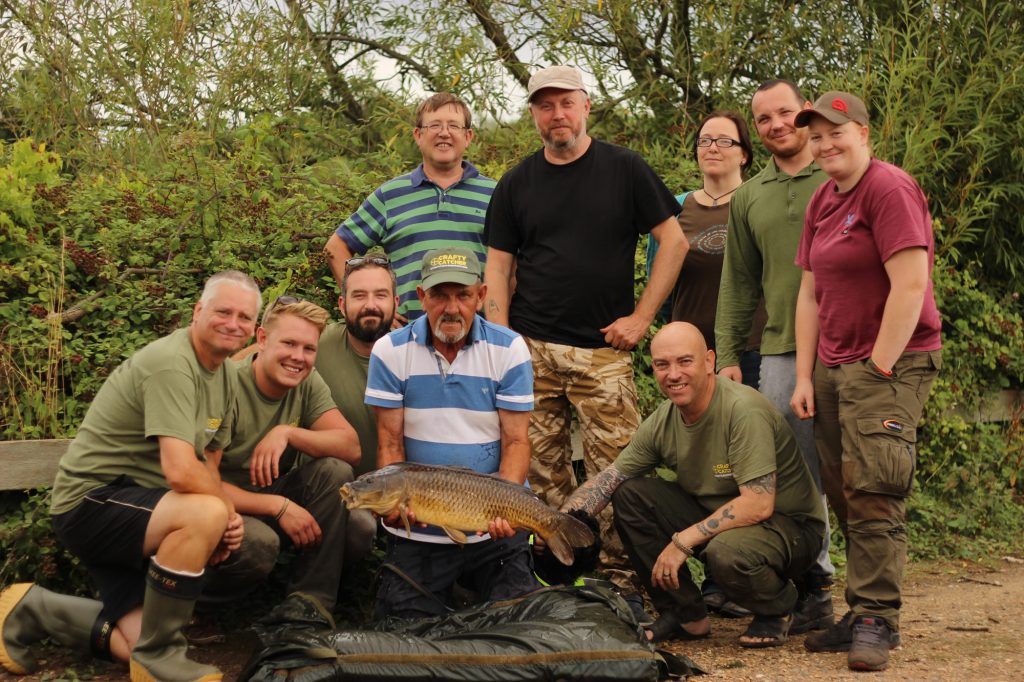
News
Angling clubs come together to give the Kennet a fishing future
DEFRA Minister Richard Benyon officially opened a groundbreaking new coarse fish hatchery which local anglers hope will help to replenish stocks of coarse fish in the river Kennet.
The river’s recruitment has been severely impacted by siltation of spawning grounds from the re-opening of the Kennet and Avon Canal and the vast numbers of non-native signal crayfish which now inhabit this once famous chalk stream.
The American signal crayfish was first introduced to the UK for commercial farming purposes in 1976, against the advice of fishery scientists, and have spread to many river catchments wiping out the native white-clawed crayfish and devouring invertebrates and fish spawn.
The Berkshire hatchery, situated close to the river on land donated by the Englefield Estate, is a collaborative project led by the Reading and District Angling Association (RDAA) with support from angling clubs and fisheries along the Kennet Valley including Newbury AA, Civil Service AS, Red Spinners AS, CALPAC and Action for the River Kennet.
The hatchery will be run as a not-for-profit enterprise with a project group chaired by longtime Kennet angler, RDAA president and Angling Trust founder Martin Salter. It will be managed by the Association’s fisheries manager Del Shackleford, with advice and support from experienced coarse fish specialist Viv Shears, the Environment Agency and the Institute of Fisheries Management. Local volunteers will assist with the day to day running.
Brood fish will be temporarily removed from the river at the point of spawning and their eggs harvested and mixed with milt from the males, with the resulting fry nurtured in the hatchery until they are big enough to survive in the wild when around 70% will be reintroduced to the river. The remaining 30% will be kept at the hatchery for longer, to be released later as mature fish. The hatchery will begin operating from March 2024 and will mimic the breeding cycles of coarse fish in the wild, starting with dace, followed by roach, chub and barbel. Only brood fish from the Kennet will be used.
WATCH: The development of the Kennet Hatchery
The hatchery is the latest measure designed to increase the number of coarse fish in the river, which has been seriously affected by a growth in the number of predatory signal crayfish. They eat their way through fish spawn, prey on the invertebrates and burrow into the riverbanks, adding to the build-up of silt. In the past 10 years, a signal crayfish trapper working for the RDAA has removed an estimated 100 tonnes of crayfish from the river Kennet – or around 2.5 million crayfish.
Angling clubs have worked with the Environment Agency, Action for the River Kennet (ARK) and other partners on a number of initiatives to improve the river quality, including the creation of juvenile fish shelters, adding gravel to the riverbed and installing woody debris. This has helped improve the quality to the point where the Kennet now supports a population of grayling, a delicate fish that only thrives in the best conditions.
Speaking at the opening Martin Salter said:
“Those anglers lucky enough to fish the River Kennet below Newbury in 1970s and 80s will remember a swift flowing, crystal clear chalk stream with abundant shoals of chub, barbel, roach and dace drifting over golden gravels between gently swaying beds of ranunculus. It was as close to a ‘fishing heaven as a river could be’. Whilst the Kennet still holds a much reduced population of bigger fish it is a far cry from the abundant fishery it once was.
“The re-opening of the canal in 1990 saw a dramatic rise in sediment loads leading to increased turbidity, the siltation of vital gravel spawning beds and a huge decline in ranunculus – an important habitat for invertebrates. Added to this has been the signal crayfish plague so it’s little wonder our hard pressed coarse fish need a helping hand to restore them to sustainable levels of recruitment.”
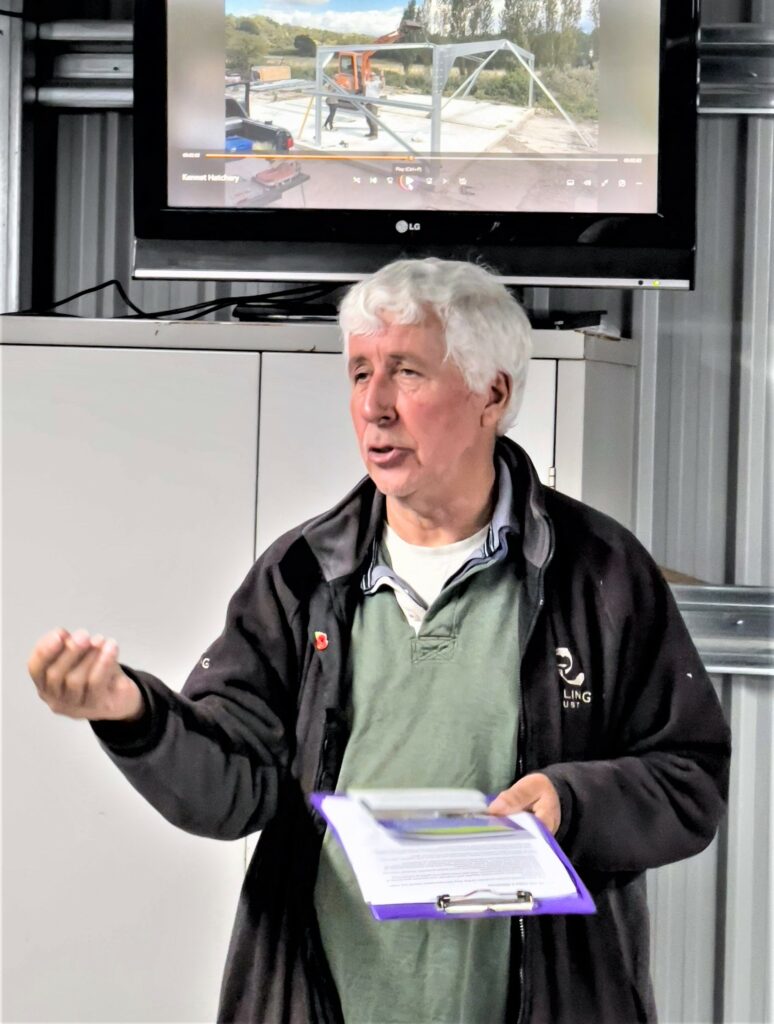
Martin Salter speaking at the opening
RDAA Fisheries Manager Del Shackleford, who visited the EA’s Calverton facility to gain valuable insights into how the Kennet hatchery could operate effectively, said:
“The presence of mature grayling in the lower river gave us the confidence to believe that a coarse fish hatchery like this would be a viable project to help restore this wonderful river to something like its former glory. This is just one small part of a 15 year plus project to try and revive our beloved Kennet – a river that has suffered for many years from the effects of urban run-off, siltation and invasive species predation. Without our intervention to address such things as water quality, in-stream habitat and fish recruitment we fear, as the science tells us, that our river will continue to decline.”
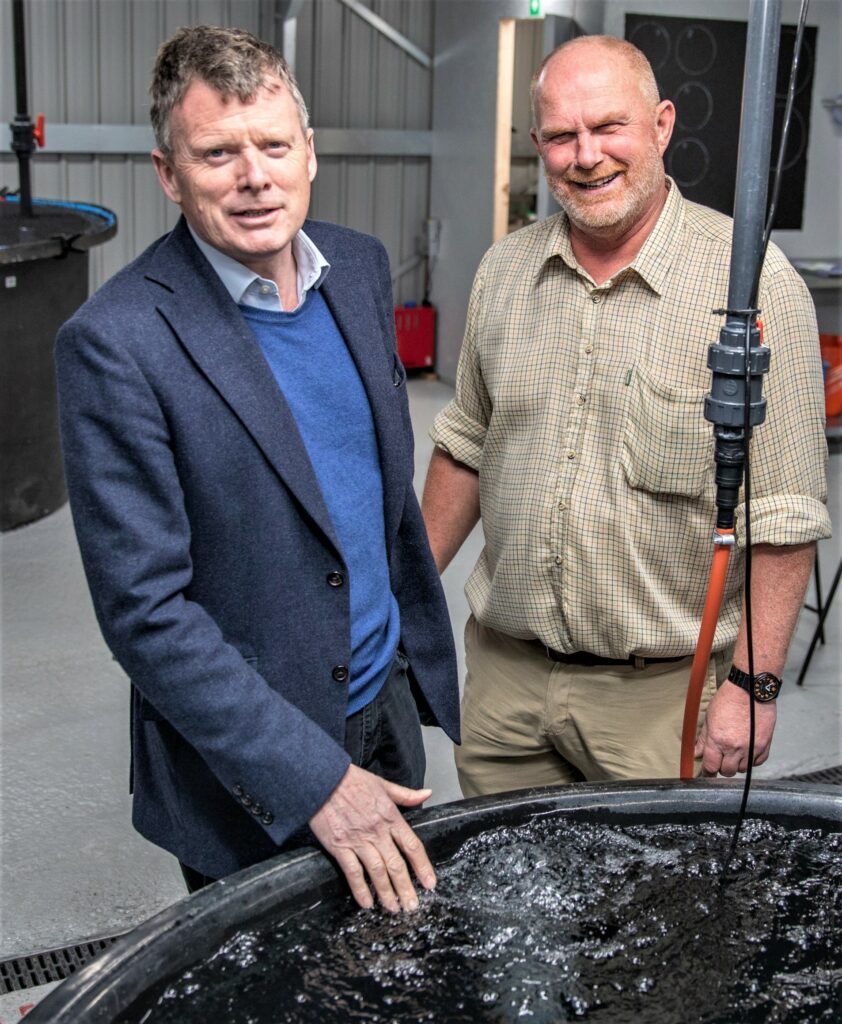
Richard Benyon with Reading & District AA’s Del Shackleford
Richard Benyon added:
“It was a huge delight to press the button on this hatchery that will do so much to restore the Kennet to the kind of fish populations it should have. This is a real example of anglers taking the lead in river conservation.”
Among the invited guests was Angling Trust CEO Jamie Cook who was incredibly impressed with what he saw. Jamie, who grew up fishing the Kennet in the Reading area, said:
“It’s phenomenal to see proactive clubs coming together to invest in their local river and I hope that this initiative provides a blueprint for others to follow. I hope the project will provide impetus for more work, both locally and nationally, to fight for fish, fishing and the environment.”
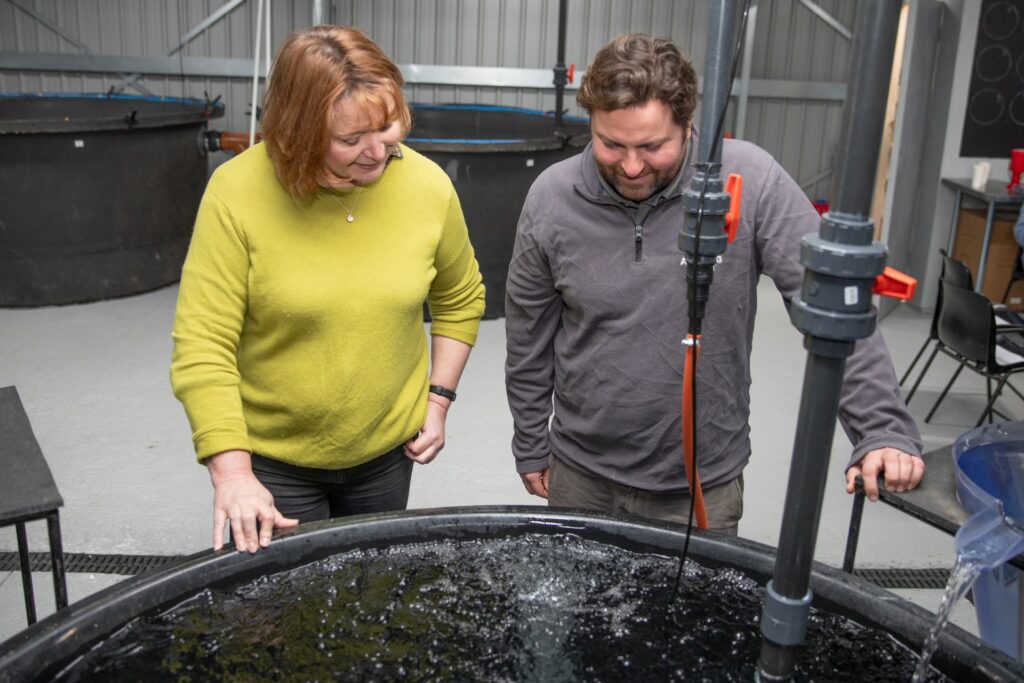
Heidi Stone (EA) and Jamie Cook (Angling Trust) inspecting the hatchery tanks
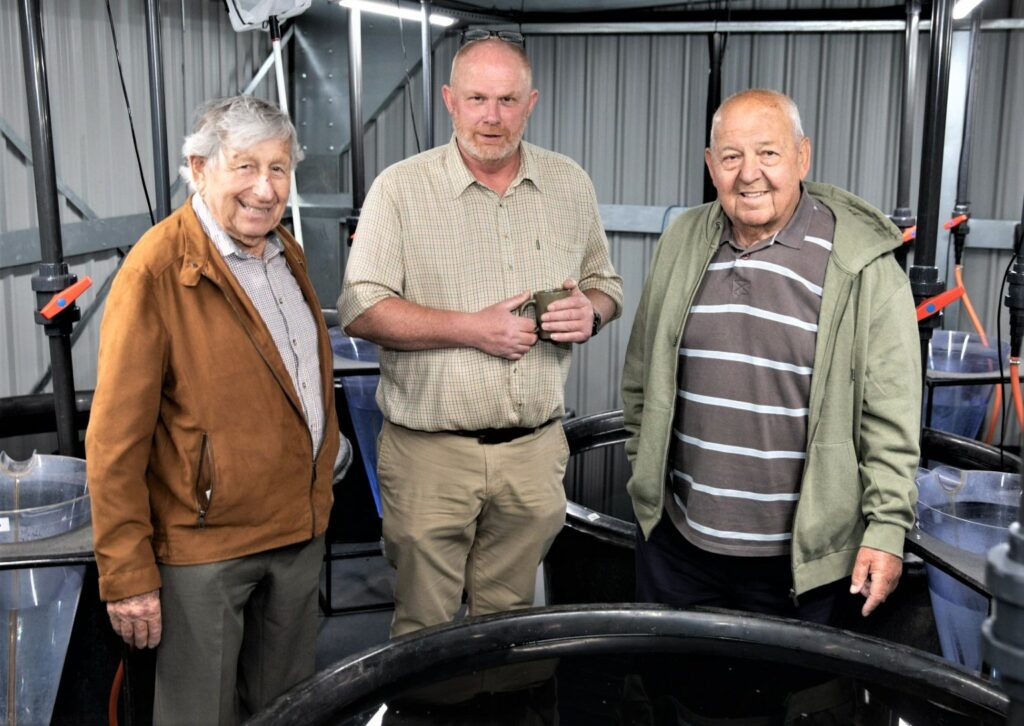
RDAA committee members Alby Cohen, Del Shackleford and Gen. Sec. Alan Hughes
You might also like
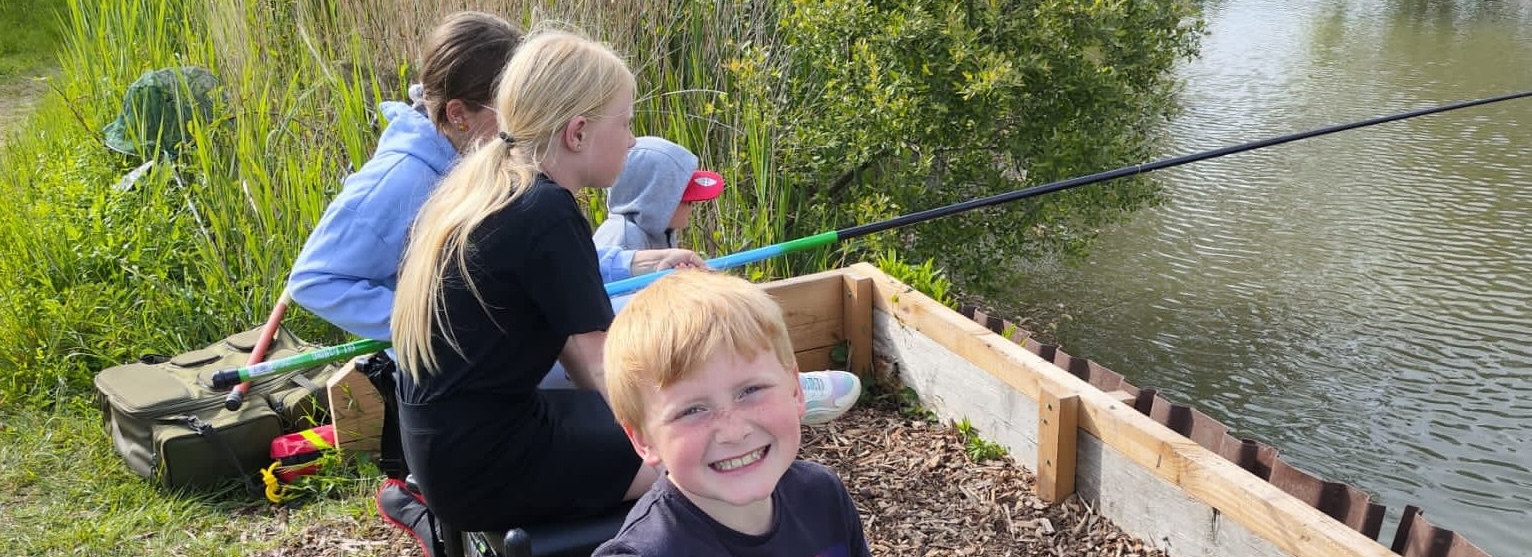
Reel Education is continuing to grow from strength to…

Government Announces Proposed Ban on Bottom Trawling in 41…

Angling Trust Presses Water Commission to Go Faster and…

VIDEO: Alice and her 3 boys have a day…

Recovery Rods help boost mental health and wellbeing by…

Teddy is hooked! – back for more fishing and…

Thank you to all our volunteers – you do…

Get Fishing Fund – Funded Project: HACRO were visited…
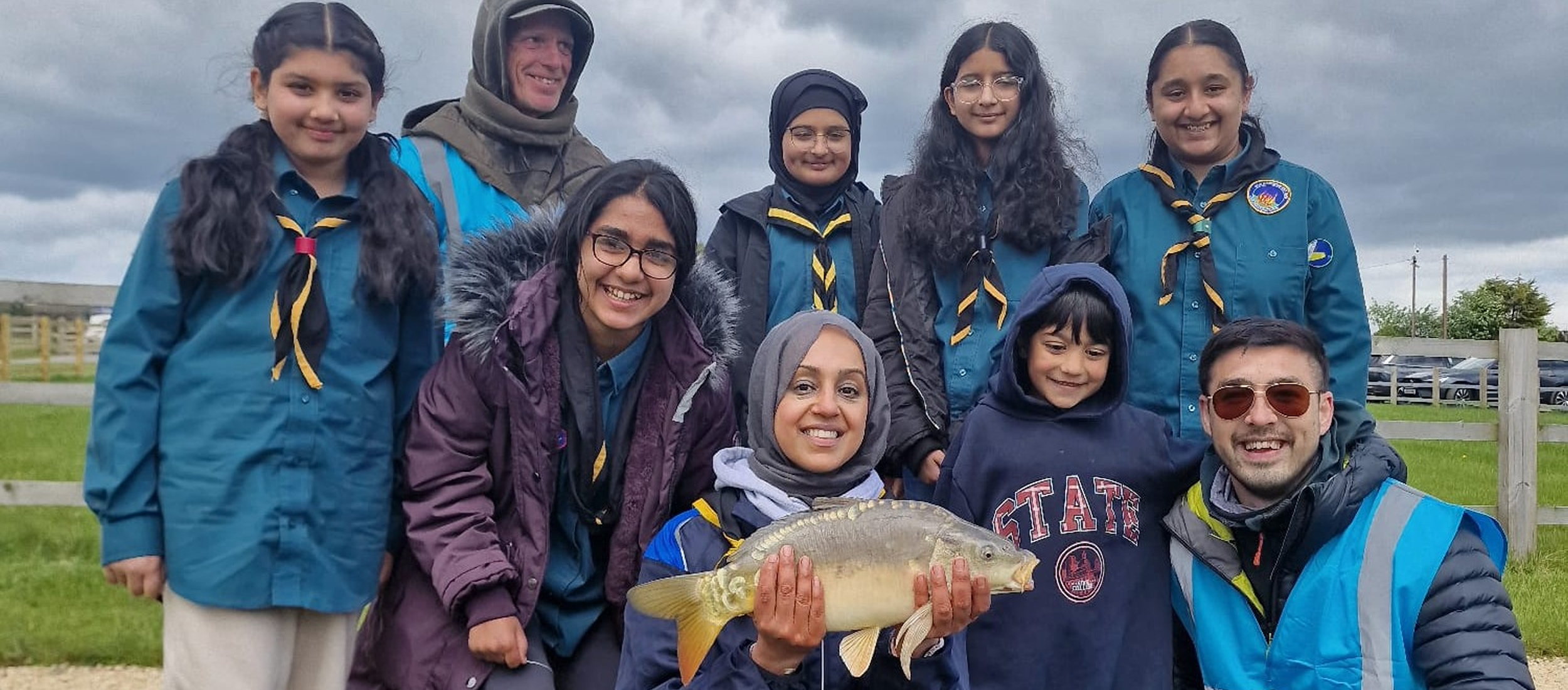
New Horizons had an amazing day taking part in…
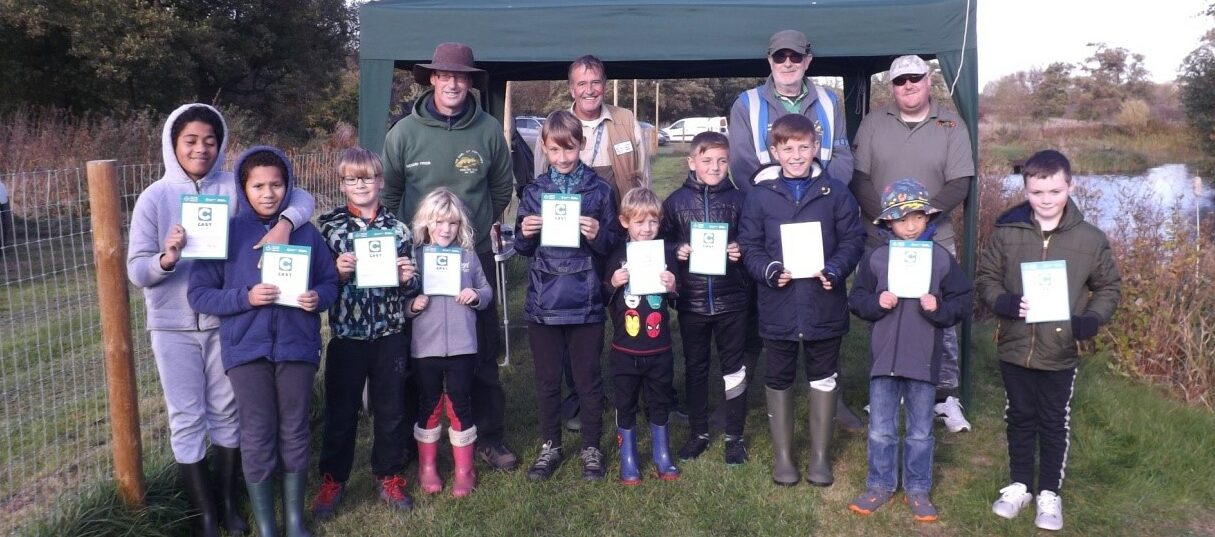
Get Fishing Fund – Funded Project Blog: Steve Clamp…

Somersham Angling Club hosted some fabulous Get Fishing events…
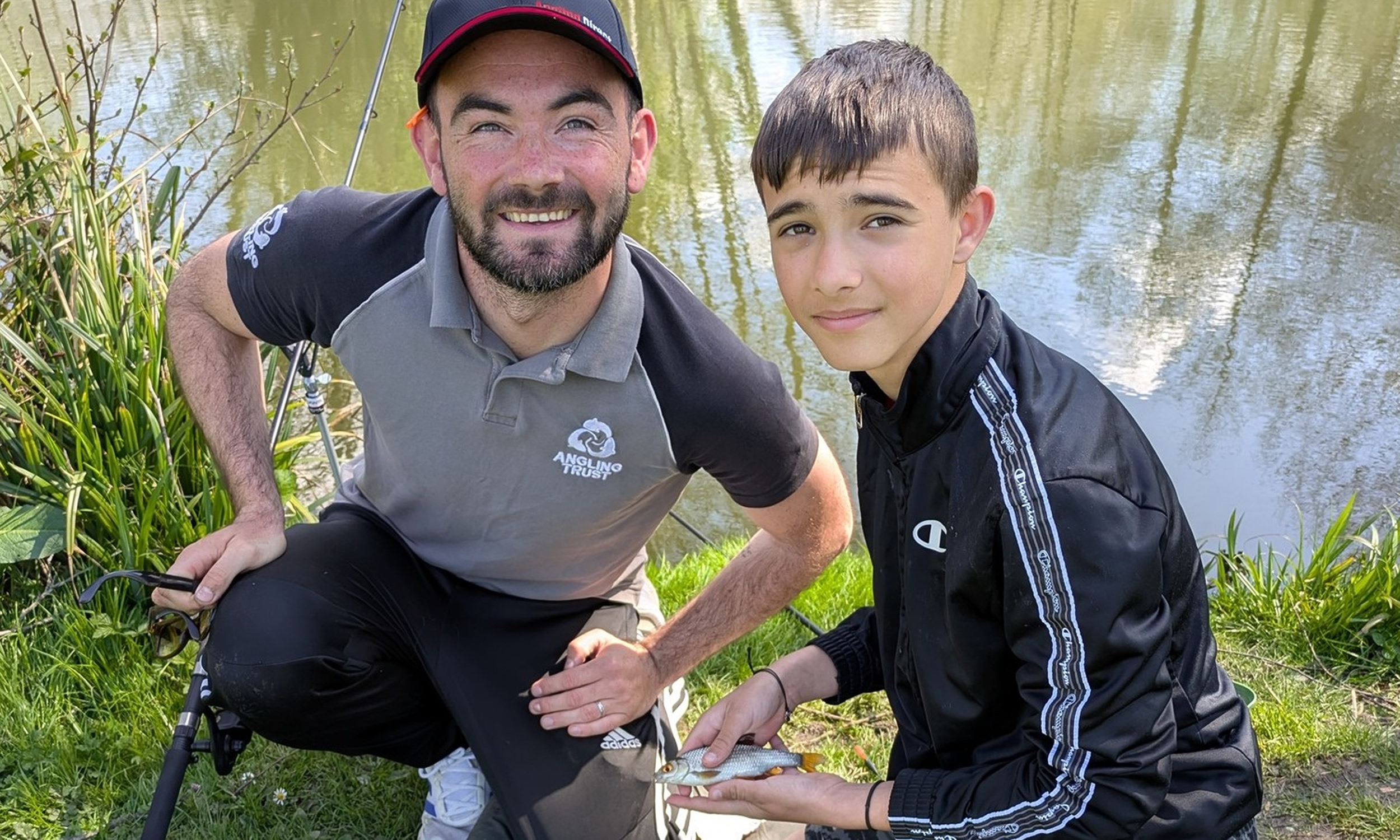
BLOG: Jack’s Back! What’s been happening in my East…

Reel Education is continuing to grow from strength to…

Government Announces Proposed Ban on Bottom Trawling in 41…

Angling Trust Presses Water Commission to Go Faster and…

VIDEO: Alice and her 3 boys have a day…

Recovery Rods help boost mental health and wellbeing by…

Teddy is hooked! – back for more fishing and…

Thank you to all our volunteers – you do…

Get Fishing Fund – Funded Project: HACRO were visited…

New Horizons had an amazing day taking part in…

Get Fishing Fund – Funded Project Blog: Steve Clamp…

Somersham Angling Club hosted some fabulous Get Fishing events…

BLOG: Jack’s Back! What’s been happening in my East…

Reel Education is continuing to grow from strength to…

Government Announces Proposed Ban on Bottom Trawling in 41…

Angling Trust Presses Water Commission to Go Faster and…

VIDEO: Alice and her 3 boys have a day…

Recovery Rods help boost mental health and wellbeing by…

Teddy is hooked! – back for more fishing and…

Thank you to all our volunteers – you do…

Get Fishing Fund – Funded Project: HACRO were visited…

New Horizons had an amazing day taking part in…

Get Fishing Fund – Funded Project Blog: Steve Clamp…

Somersham Angling Club hosted some fabulous Get Fishing events…

